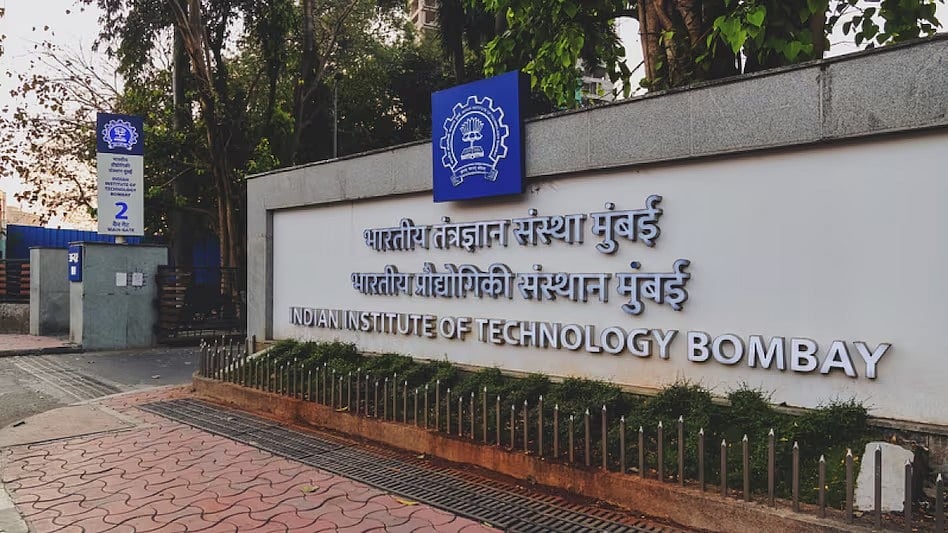Mumbai: Scientists at the Indian Institute of Technology Bombay (IIT-B) have developed a novel graphene-based material that mimics the lotus leaf to significantly improve the efficiency of desalination systems. The innovation is expected to support sustainable freshwater solutions amid growing global water scarcity.
The material, dubbed the Dual-Sided Superhydrophobic Laser-Induced Graphene (DSLIG) Evaporator, was developed by Professor Swatantra Pratap Singh and researcher Aiswarya C.L. The team believes DSLIG can tackle two of the most persistent issues in solar-based desalination—fluctuating sunlight and salt deposition.
“Fluctuations in solar radiation cause temperature variations on the evaporator’s surface. On cloudy days, performance suffers significantly. Moreover, the accumulation of salt crystals on the surface further degrades efficiency over time,” Prof. Singh explained.
To counter these limitations, DSLIG incorporates both solar and electric (Joule) heating, enabling uninterrupted performance even during periods of limited sunlight. Its superhydrophobic nature, modelled on lotus leaves, prevents salt from adhering to its surface, a major advancement over existing systems.
The evaporator is constructed using two polymers: polyvinylidene fluoride (PVDF), which offers hydrophobicity, and polyether sulfone (PES), which ensures mechanical strength. A layer of graphene is laser-engraved onto the PVDF side, enhancing both its solar absorption and water-repelling properties.
Laboratory trials have demonstrated that DSLIG maintains high evaporation efficiency under both solar and electric heating. It also proves highly effective in treating extremely concentrated saltwater, making it suitable for handling industrial brine and wastewater in addition to seawater.
“The aim was to create a lotus effect surface that can operate with both solar and electric input. With DSLIG, we have achieved that and more,” said Prof. Singh.
The researchers have also shown that stacking multiple DSLIG evaporators can further improve performance. With its low carbon footprint, cost-effectiveness, and minimal toxicity, DSLIG holds promise for large-scale deployment. However, Prof. Singh highlighted the need for further field testing and adequate funding to ensure industrial readiness.
In the meantime, the team is continuing to develop next-generation materials capable of harnessing solar and electric energy with even greater efficiency.
